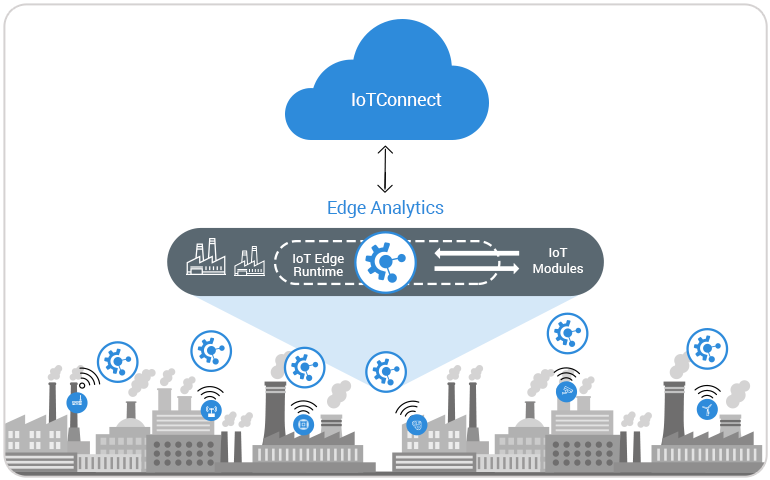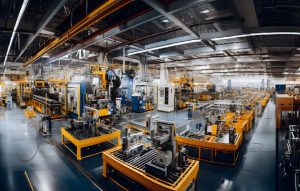In today’s world, data is power. People and, moreover, businesses are hungry for data. And this hunger for getting maximum insights from data is what has increased the adoption of IoT at a tremendous pace. As more data is collected, combined, processed, and analyzed, it translates into improved business decisions, streamlined processes, enhanced customer engagement, and helps in gaining competitive advantage.
We already know Gartner’s prediction for IoT, which clearly states that by 2020, the Internet of Things will contain more than 20.4 billion connected devices. So, we can imagine the amount of data that would be collected and the processing power it will need to analyze all of it. A lot of IoT professionals have pointed out that IoT implementation is a requisite, but they need a solution that addresses the growing concern of processing that humungous amount of data.
Usually, the data from the connected devices in the IoT ecosystem is collected and transmitted to a data center or to a cloud, where it is further processed and analyzed. This approach has proved to be reliable, however, it consumes a significant amount of time, especially when we talk about real-time updates. A better and faster approach is edge computing.
Day by day, devices are becoming more capable of reducing data center loads and are developing the potential to complement – and in some cases even leapfrog – cloud capabilities, thus driving the IoT initiatives for businesses. Instead of bearing the cost and coping with the latency of sending the data to an on-premises data center or to the cloud, enterprises now prefer information processing and decision making closer to the sources of data, i.e. the IoT devices.
Cloud computing is without a doubt a great way to power an IoT ecosystem, but edge computing can prove to be a game-changer for the Internet of Things by providing computing and analytics power to the end devices in an always-connected world.
Edge computing is crucial for gaining desired results from the Internet of Things
As edge computing goes mainstream, especially among adopters of IoT, it brings a bunch of benefits for businesses. Some of the positives of edge computing for smart manufacturing are:
Real-time response
The responsibility of data collection, storage, and computation is distributed among the devices and is local. This approach eliminates the roundtrip time, thus providing responses in real-time and significantly reducing the latency. This will keep enterprises constantly updated about the processes, operations, machine utilization, and asset health, all in real-time.
Improved security and compliance
A bulk of data transfers between the devices and the cloud can be avoided by keeping computing at the edge. By adopting edge computing, sensitive data can be processed locally at the device and transmit the rest of the information to the cloud for data processing. This approach can increase the data security and allows the businesses to build a compliance framework that is required for enterprise security and audit.
Increased reliability of operations
When enterprises are updated with real-time information, they can prevent asset breakdown or sudden failures, thus ensuring uninterrupted machine operations. For the majority of IoT devices that are located remotely, reliability is a major concern. But, with the power of computing at the edge, they can make sure that no operations are affected in case one of the equipment fails, or there are no data losses even in case of unsteady connectivity.
Reduced operating costs
The cost of implementing an IoT system is what scares a lot of enterprises and keeps them from adopting this wonderful technology. Edge computing comes as a major relief in such circumstances. Companies can filter their data, categorizing them based on sensitivity or based on whether it requires a cloud to be processed. Once that is done, edge computing can process the data locally, consequently reducing the cost associated with data storage on the cloud, computational power that is needed, and thereby decreasing the network traffic bottlenecks.
Edge computing for Industrial IoT
Edge computing clearly delivers tangible value for all the industries and manufacturing is no exception. Keeping edge computing as an integral part, we have created IoT solutions such as Softweb Smart Factory and Softweb Smart Asset Monitoring that can revolutionize the Industrial IoT.
If you wish to benefit from edge computing and make IoT implementation as easy as ABC, get in touch with our experts.









